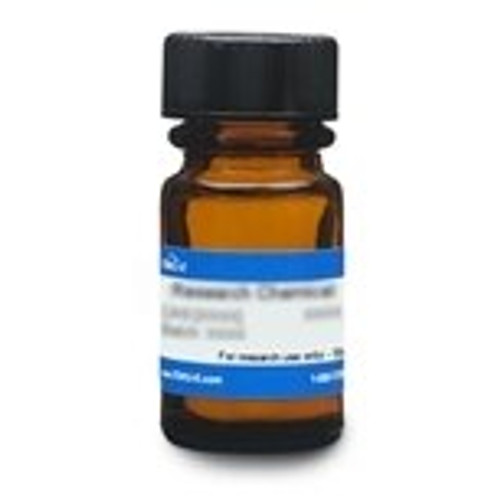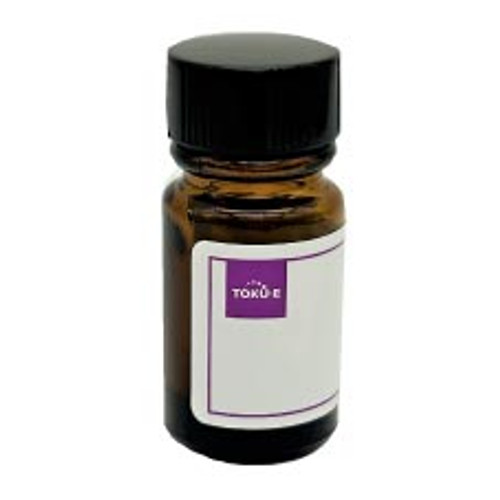Dicloxacillin Sodium is the sodium salt of Dicloxacillin, a narrow-spectrum, β-lactam belonging to the Penicillin class. It interferes with bacterial cell walls. Dicloxacillin has similar properties to oxacillin and flucloxacillin. It can be used for susceptibility testing.
Dicloxacillin Sodium is soluble in water.
| Mechanism of Action | β-lactams interfere with PBP (penicillin binding protein) activity involved in the final phase of peptidoglycan synthesis. PBP’s are enzymes which catalyze a pentaglycine crosslink between alanine and lysine residues providing additional strength to the cell wall. Without a pentaglycine crosslink, the integrity of the cell wall is severely compromised and ultimately leads to cell lysis and death. Resistance to β-lactams is commonly due to cells containing plasmid encoded β-lactamases. Oxacillin however, is resistant to the degradative effects of β-lactamases. Dicloxacillin may interfere with autolysin inhibitors. |
| Spectrum | Dicloxacillin is a narrow-spectrum with activity against Gram-positive bacteria, including S. aureus. |
| Microbiology Applications |
Dicloxacillin Sodium can used for for penicillin G-resistant Staphylococci. Dicloxacillin Sodium is commonly used in clinical in vitro microbiological antimicrobial susceptibility tests (panels, discs, and MIC strips) against Gram-positive microbial isolates. Medical microbiologists use AST results to recommend antibiotic treatment options. Representative MIC values include: Diplococcus pneumoniae: 0.02-6.3 µg/ml For list of Dicloxacillin Sodium MIC values, click here. |
| Eukaryotic Cell Culture Applications |
Primary human umbilical vein endothelial cells (HUVEC) and the endothelial hybrid cell line EaHy926 were exposed to Dicloxacillin Sodium at 6250 m/L. Dicloxacillin increased the number of cells with ICAM-1 expression by 37%. This supports the theory that endothelial cells may initiate an inflammatory response through expression of ICAM-1 (Lanbeck et al, 2004). |
| Molecular Formula | C19H16Cl2N3O5S • Na • H2O |
| References |
Echezarreta-López MM, Otero-Mazoy I, Ramírez HL, Villalonga R, Torres-Labandeira JJ (2008) Solubilization and stabilization of Sodium Dicloxacillin by cyclodextrin inclusion. Curr Drug Discov Technol. 5(2):140-145 PMID 18673252 Lenbeck P, Odenholt I and Riesbeck K (2004) Dicloxacillin and erythromycin at high concentrations increase ICAM-1 expression by endothelial cells: A possible factor in the pathogenesis of infusion phlebitis. J. Antimicrob. Chemother. 53(2):174-179 PMID 14729754 Rivera-Gutiérrez E, Ramírez-García JJ, Pavón Romero SH et al (2020) Dicloxacillin degradation with free-living bacteria. Water Air Soil Pollut 231:87 Sandberg A et al (2010) Intra- and extracellular activities of Dicloxacillin against Staphylococcus aureus in vivo and in vitro. Antimicrob. Agents Chemother. 54(6):2391-400 PMID 20308386 Sandberg A et al (2011) Intra- and extracellular activities of Dicloxacillin and linezolid against a clinical Staphylococcus aureus strain with a small-colony-variant phenotype in an in vitro model of THP-1 macrophages and an in vivo mouse peritonitis model. Antimicrob. Agents Chemother. 55(4):1443-1452 PMID 21282430 |







